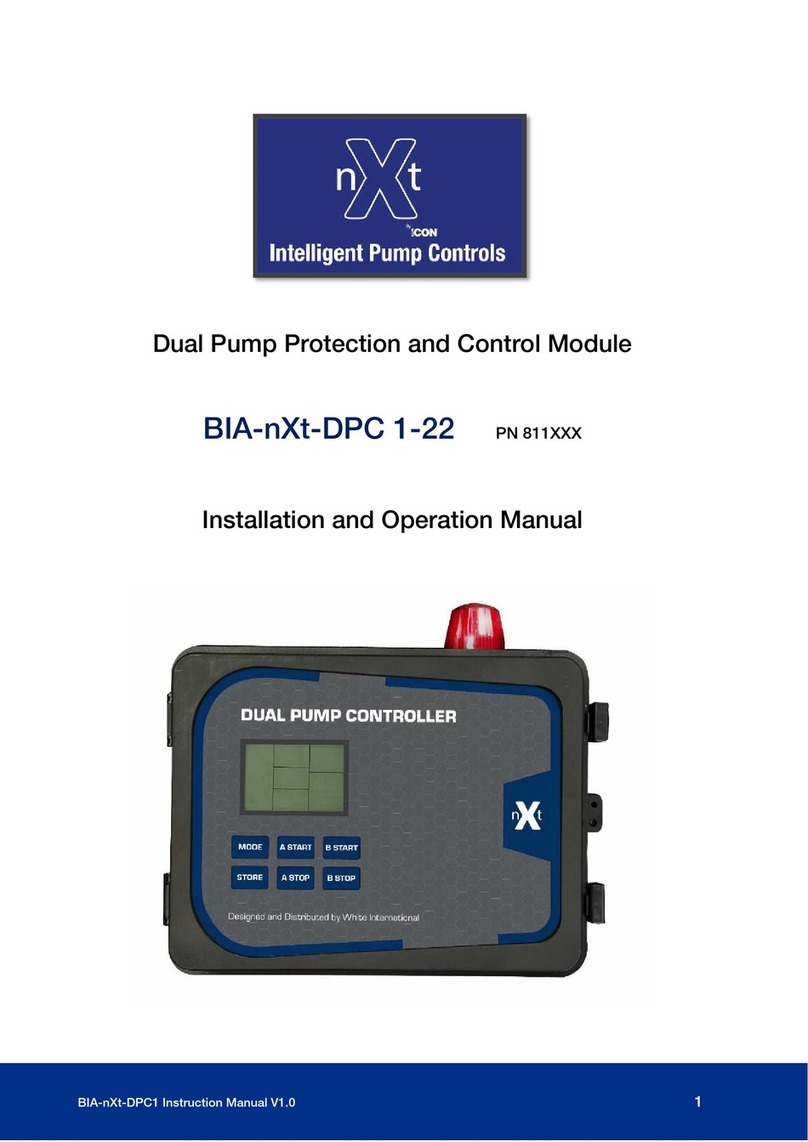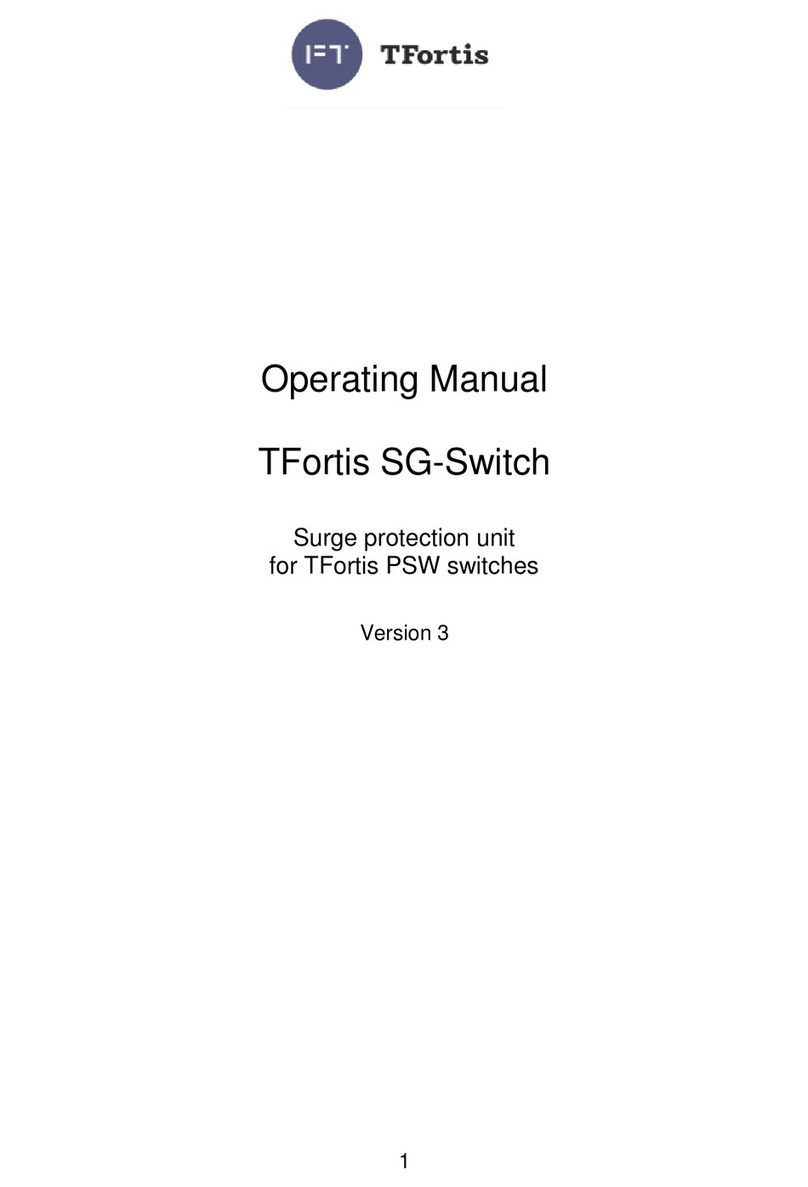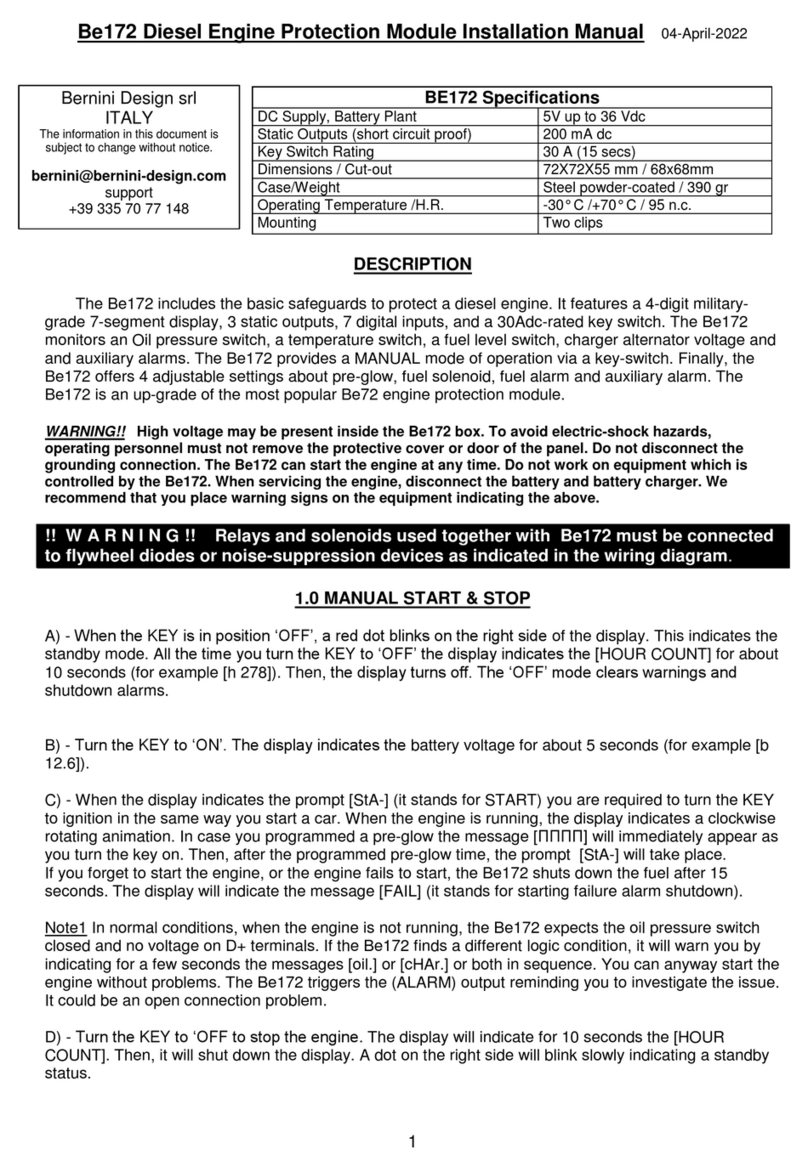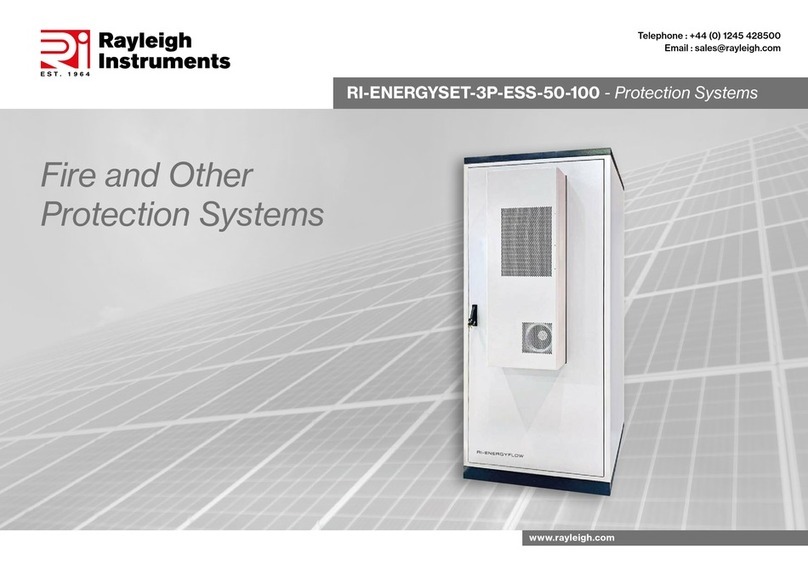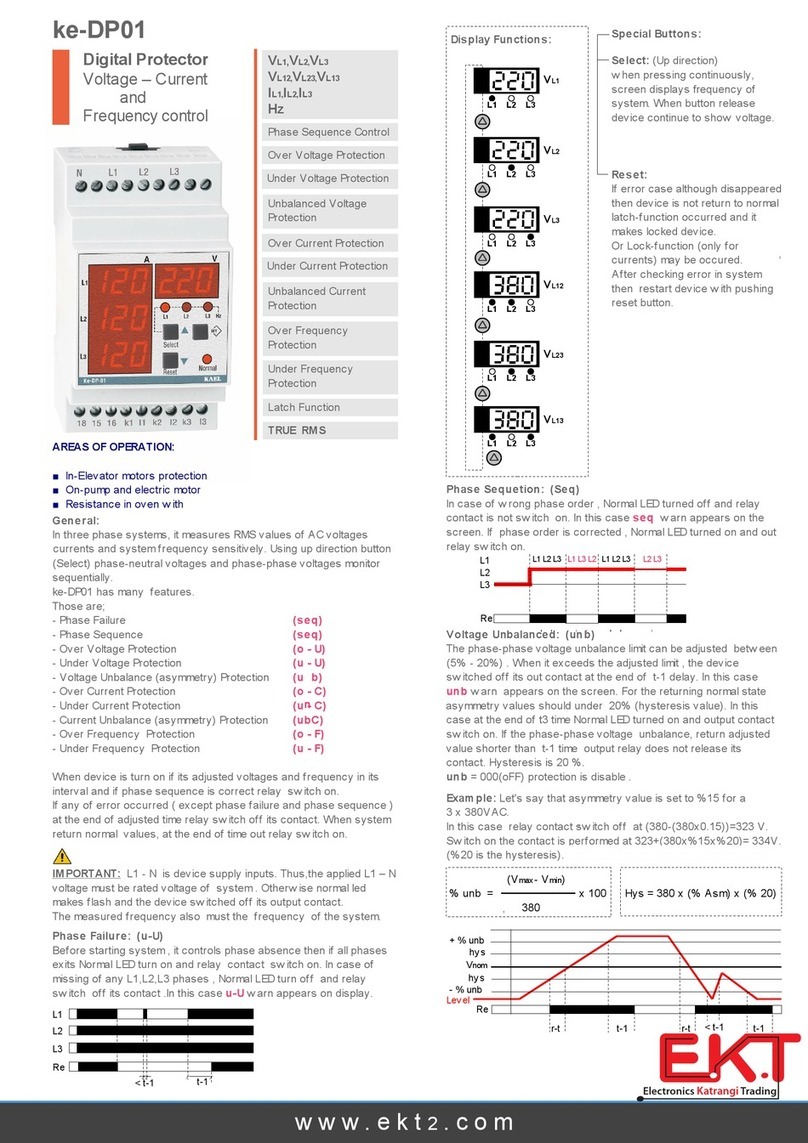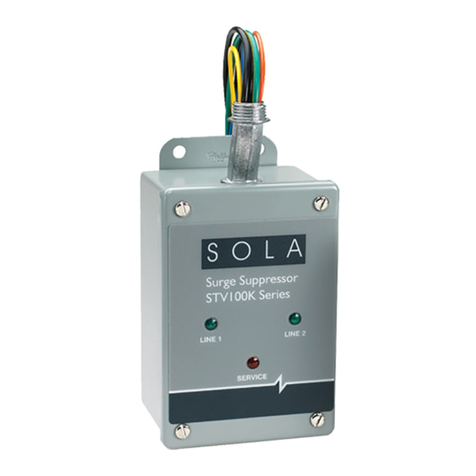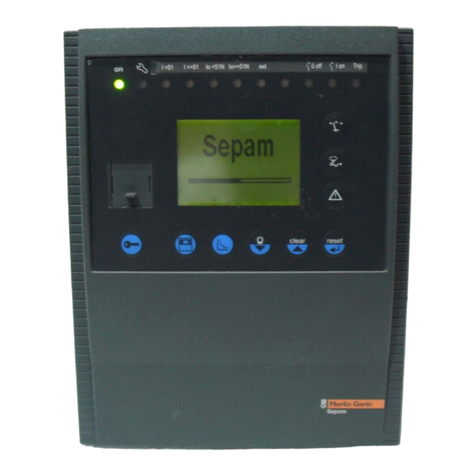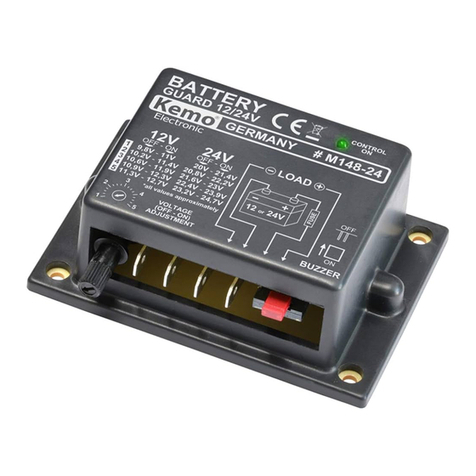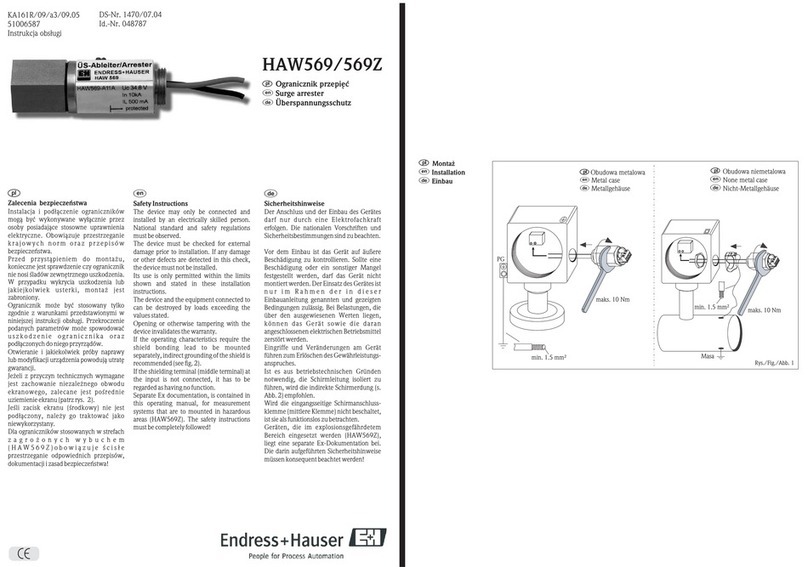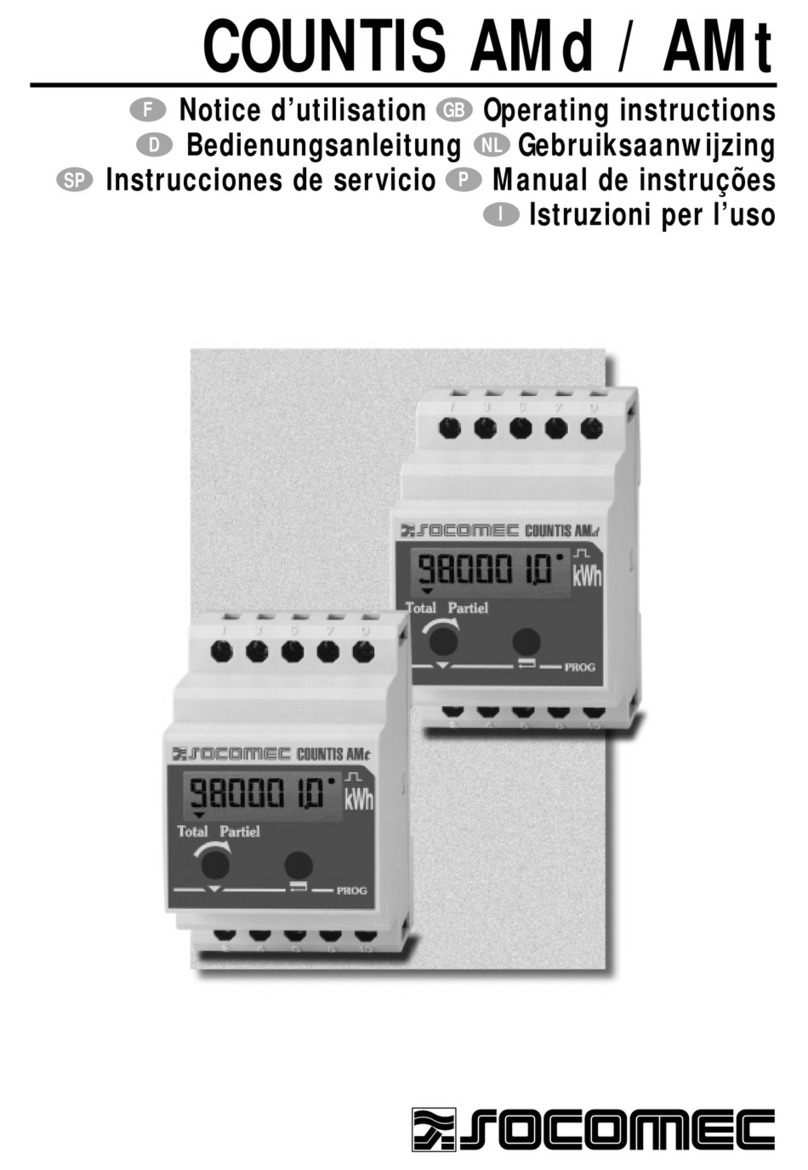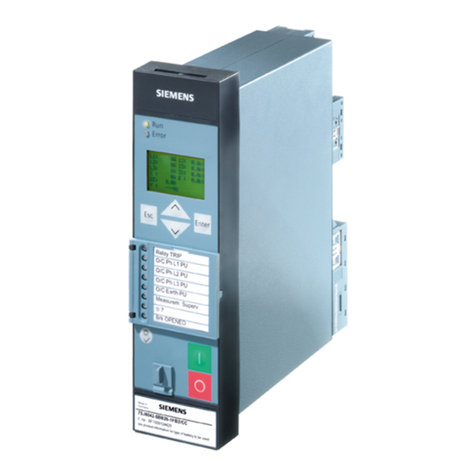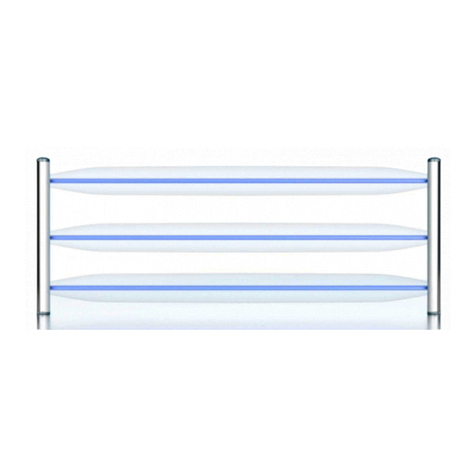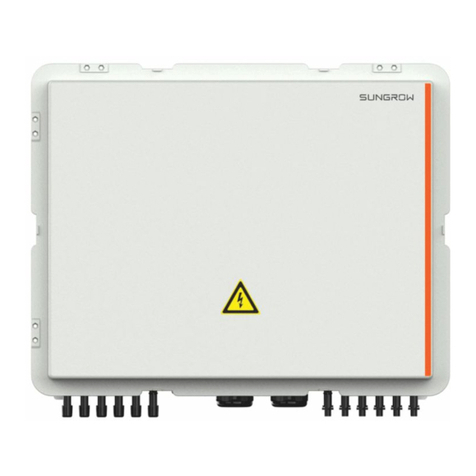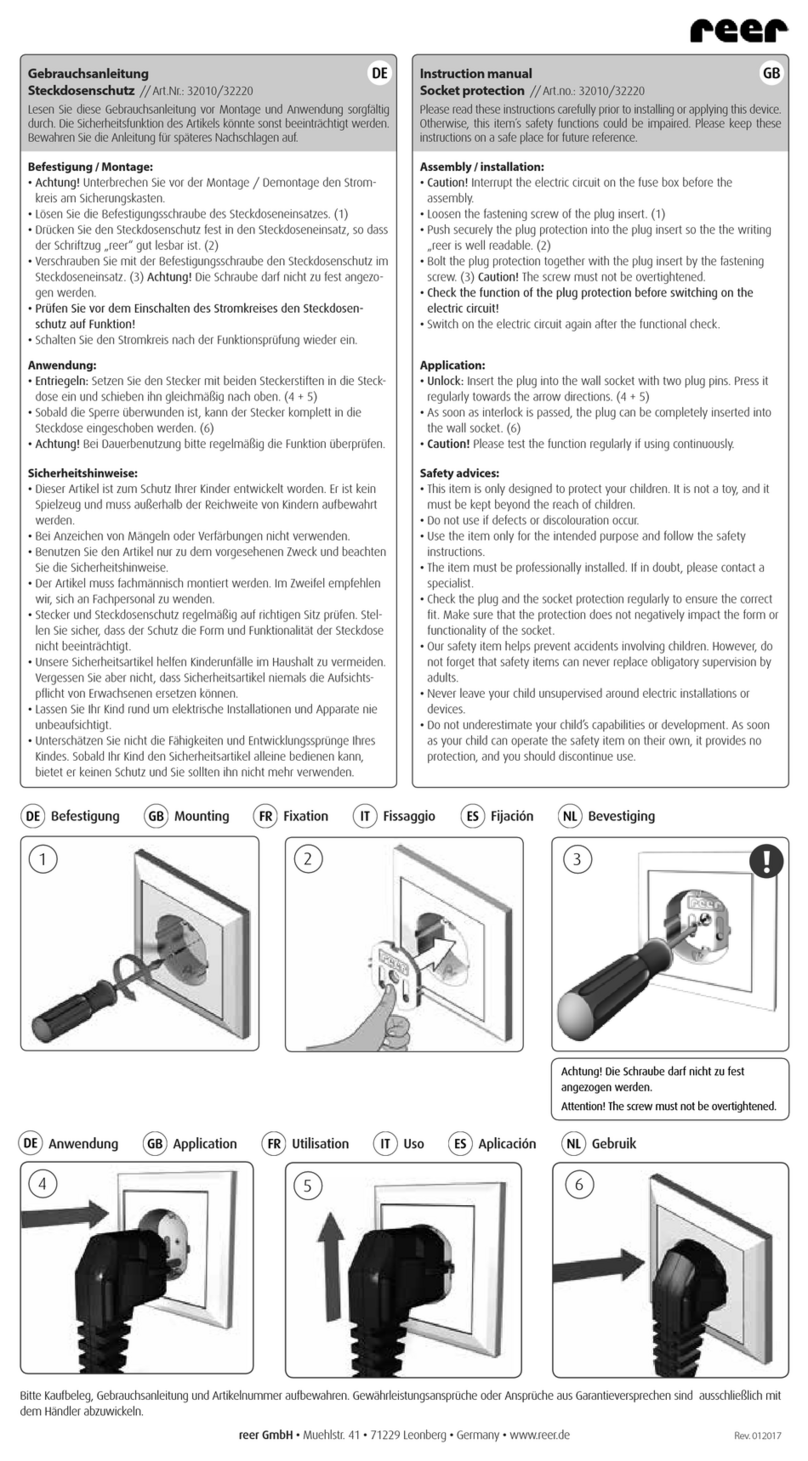
(22 pages) Plug-in OPX Card 1
7501-16A, B, C
o02i1101.fm
1. The Plug-in OPX Card
The Plug-in Off Premise Extension (OPX) Card is used to provide high voltage
isolation for a wide variety of telephone voice grade applications involving the
bi-directional transmission of AC and DC voltage.The unit is a plug-in card
designed for use with the Teleline Isolator multi-card shelf. It is available in three
options, as listed below:
•Model 7501-16A is designed for a floating 130 V dc source.
•Model 7501-16B is designed for a -24 V dc source referenced to station
ground.
•Model 7501-16C is designed for a -48 V dc source, also referenced to station
ground.
Its features include the following:
•The card may be used with both the old and the new generation Three, Five
and Eight-card Teleline Shelf.
•The OPX Card is completely bi-directional to all loop signalling, i.e. line
voltages can originate from either Station or Central Office (CO) side loops.
Bi-directional modulator/demodulators are used to realize a circuit which
behaves as an ideal 1:1 isolation device.
•Varistors provide transient voltage protection to the isolation device.
•The OPX Card provides low loss, full duplex DC to voice band
communication.
•The OPX Card transmits on/off-hook, dial pulses or touch tone signalling,
ringing, polarity reversals, AC and DC voltage and current levels.
•Impedances applied to either side of the card are reflected to the opposite
side.
Model variations A, B, and C are all visually similar. For a view of the Plug-in
OPX Card, refer to Figure 1.
